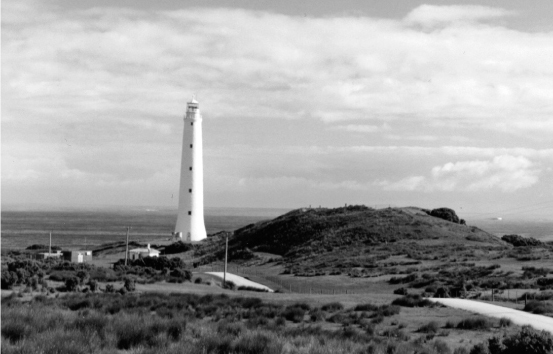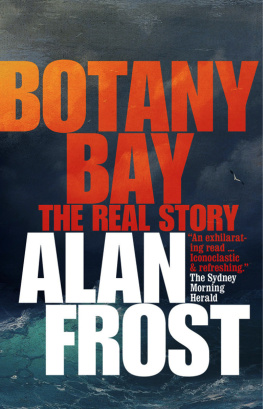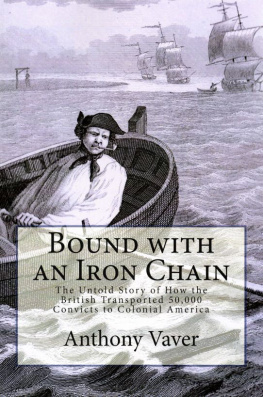About Publisher
We hope you enjoyed this book.
Since 1944, Mercier Press has published books that have been critically important to Irish life and culture. Books that dealt with subjects that informed readers about Irish scholars, Irish writers, Irish history and Irelands rich heritage.
We believe in the importance of providing accessible histories and cultural books for all readers and all who are interested in Irish cultural life.
Our website is the best place to find out more information about Mercier, our books, authors, news and the best deals on a wide variety of books. Mercier tracks the best prices for our books online and we seek to offer the best value to our customers, offering free delivery within Ireland.
Sign up on our website to receive updates and special offers.
www.mercierpress.ie
www.facebook.com/mercier.press
twitter.com/IrishPublisher
Blackrock, Cork, Ireland.
This eBook is copyright material and must not be copied, reproduced, transferred, distributed, leased, licensed or publicly performed or used in any way except as specifically permitted in writing by the publishers, as allowed under the terms and conditions under which it was purchased or as strictly permitted by applicable copyright law. Any unauthorised distribution or use of this text may be a direct infringement of the authors and publishers rights and those responsible may be liable in law accordingly.
King Island (sometimes called Kings Island) is a small and seemingly inconsequential island lying just off the north-western coast of Tasmania (formerly Van Diemens Land) in a shipping channel, about halfway between Tasmania and the mainland Australian state of Victoria. Today the island is home to about 1,700 people a small but vibrant community built around the dairy, beef, fishing and tourism industries. Key to the development of tourism is the maritime history of the island and its reputation as one of the southern hemispheres most notorious graveyards for shipping.
The northern end of the island is the site of the Cape Wickham lighthouse. Established in 1861, the lighthouse is the tallest in Australia. It stands at the southern side of The Eye of the Needle the eighty-four-kilometre-wide western entrance to Bass Strait. Shipping moving eastwards from the vastness of the Southern Ocean has to locate and navigate this comparatively tiny entrance before moving along the strait towards Sydney. The lighthouse was built in reaction to the wreck of an emigrant ship, the Cataraqui . Her voyage from Liverpool ended in tragedy when she was wrecked off King Island in 1845.
In the shadow of this lonely tower, a little plaque marks the location of seven bodies re-interred on the site after they were exposed by a bush fire. Many of their shipmates lay in close proximity whilst, for almost two centuries, restless seas crashed against the treacherous rocks and sandy shores beneath. These are the women of the Neva .

The lighthouse at Cape Wickham was established in 1861 and at 48 metres is the tallest in Australia. Photo: Kevin Todd
At approximately 5 a.m. on the morning of 13 May 1835, a three-masted barque called Neva was wrecked off Cape Wickham. The ship broke up upon hitting a reef and more than 200 souls were drowned. Mystery still shrouds the exact site of the wreck and the precise reason why the treacherous waters to the north of King Island claimed the ship. The loss of the Neva was one of the worst shipwrecks in Australian history. It was also one of the most peculiar.
Most of those who perished were not sailors, or pirates, or profiteers. They were not engaged in any spectacular naval manoeuvre or battle. They were not seeking out new continents or territories. They had not even set off for Australia by choice. They would not be mourned by the British Empire, for they were considered among its lowest forms of life: these unfortunate souls were Irish and female, and they were convicts. How was it that some 200 Irish women met their end beneath the raging waters of Australias Bass Strait? Why did these women die almost 20,000 kilometres from the land of their birth and oceans away from their nearest and dearest?
This book will answer those questions, shedding light upon a mystery that has endured for almost 200 years. Over the eight decades of convict transportation from the British Isles to Australia, only five convict ships were wrecked. The Neva wreck resulted in a greater loss of life than any of the other four. It created quite a stir and newspapers in Australia, Ireland and Britain reported the events in a tragic and dramatic tone. No doubt all of this created conversation, which sometimes turned to inspiration.
A few years after the ship was lost, a pamphlet entitled Full Particulars of the Dreadful Shipwreck of the Ship Tartar, Free Trader, With the Horrible Sufferings of Part of the Crew, Who were compelled to Eat each other to Support Existence was published in Glasgow. The pamphlet told the story of a ship named Tartar being wrecked in Bass Strait during its passage from Cork to Sydney. It stated that the survivors were washed ashore on an uninhabited island some 145 kilometres from King Island. They attempted to reach King Island on a makeshift raft. However, they were stricken by hunger and forced to resort to cannibalism. The unfortunate victims were selected by lot. By the time it reached King Island, the raft was home to only two survivors: John M. Daniel, who returned to his native Galway, bringing with him the terrible story of the Tartar , and Captain Peck, master of the Tartar . The pamphlet claimed that Captain Peck died on King Island.
The pamphlets story of the Tartar was fiction, but it was almost certainly based on the story of the Neva . It paid homage to the actual events by using the names of people, places, dates and ships that all featured in the Neva s story. The true story was almost as dramatic as the fiction it inspired. Yet the hundred years following the wrecking of the Neva produced little literature related to the disaster itself. General texts such as George Dunderdales The Book of the Bush and J. F. Laysons Memorable Shipwrecks and Seafaring Adventures of the Nineteenth Century , and periodicals such as The Chronicles of the Sea , examined the topic, but their accounts were brief and primarily based on eyewitness statements given to the Neva enquiry. In the twentieth century that brevity was not greatly expanded upon and the Neva s story was usually framed in a wider context. Graeme Broxam and Michael Nashs excellent Tasmanian Shipwrecks recorded the reported details, whilst Charles Batesons seminal The Convict Ships, 17871868 devoted a section to the disaster. However, to date, the most searching examination of the circumstances surrounding the loss of the ship came in G. A. Mawers exceptional Most Perfectly Safe: The Convict Shipwreck Disasters of 183342 . Mawer did not concentrate entirely on the Neva , but rather on all five convict shipwrecks. Nonetheless he presented a clear and compelling narrative of the Neva s last days and advanced a credible theory for the location of the wreck.














 www.mercierpress.ie
www.mercierpress.ie http://twitter.com/IrishPublisher
http://twitter.com/IrishPublisher http://www.facebook.com/mercier.press
http://www.facebook.com/mercier.press
